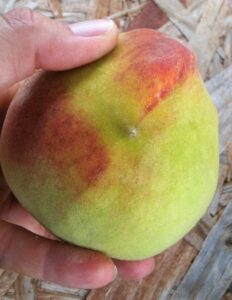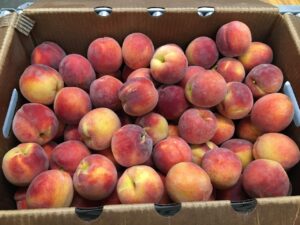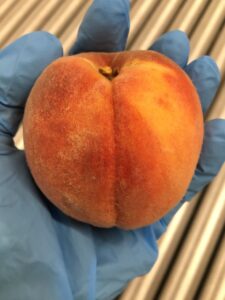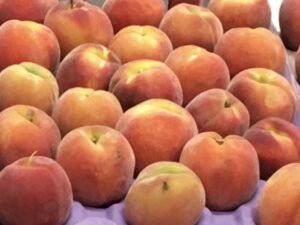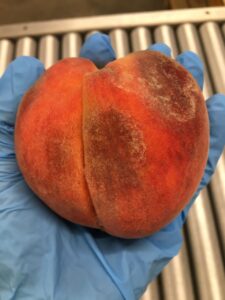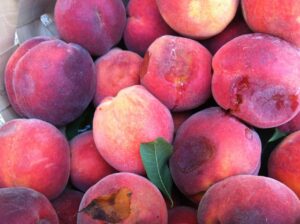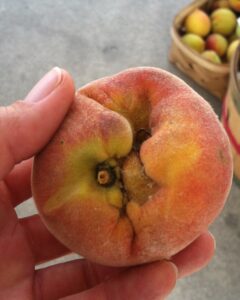Postharvest Produce Guide – Peaches
go.ncsu.edu/readext?919122
en Español / em Português
El inglés es el idioma de control de esta página. En la medida en que haya algún conflicto entre la traducción al inglés y la traducción, el inglés prevalece.
Al hacer clic en el enlace de traducción se activa un servicio de traducción gratuito para convertir la página al español. Al igual que con cualquier traducción por Internet, la conversión no es sensible al contexto y puede que no traduzca el texto en su significado original. NC State Extension no garantiza la exactitud del texto traducido. Por favor, tenga en cuenta que algunas aplicaciones y/o servicios pueden no funcionar como se espera cuando se traducen.
Português
Inglês é o idioma de controle desta página. Na medida que haja algum conflito entre o texto original em Inglês e a tradução, o Inglês prevalece.
Ao clicar no link de tradução, um serviço gratuito de tradução será ativado para converter a página para o Português. Como em qualquer tradução pela internet, a conversão não é sensivel ao contexto e pode não ocorrer a tradução para o significado orginal. O serviço de Extensão da Carolina do Norte (NC State Extension) não garante a exatidão do texto traduzido. Por favor, observe que algumas funções ou serviços podem não funcionar como esperado após a tradução.
English
English is the controlling language of this page. To the extent there is any conflict between the English text and the translation, English controls.
Clicking on the translation link activates a free translation service to convert the page to Spanish. As with any Internet translation, the conversion is not context-sensitive and may not translate the text to its original meaning. NC State Extension does not guarantee the accuracy of the translated text. Please note that some applications and/or services may not function as expected when translated.
Collapse ▲Ideally NC Peaches are harvested “tree ripe”; however for wholesale purposes “well-mature” may be preferable.
Peaches are sold in wooden half bushel baskets or ventilated cardboard boxes. Smaller amounts are sold in quarter or half peck bags. Pick in the morning to limit field heat, which should be removed as soon as possible. Peaches may be held for up to 2 weeks at 30.5-32°F, 90-95% RH. Short term (1-2 days) may be held at 60°. Do not store at 37-45°, which creates mealy texture.
Quality Specifications
Ground color (the background color, as opposed to the blush) is yellow or cream, depending on variety. Green ground color is an indicator of immaturity. Another sign of proper maturity is the suture should be well developed and rounded on both sides.
Common Quality Issues
Peaches are extremely delicate and easily injured by rough handling. Do not use finger tips when picking to avoid bruising.
Insect damage during early fruit development causes deformities called “cat facing”. A regular spray schedule is required to prevent disease and insect damage that makes fruit poor quality.
Harvesting fruit too early, while still green, will result in peaches failing to ripen and will be extremely poor quality. Note uneven suture development, a sign of immature fruit.